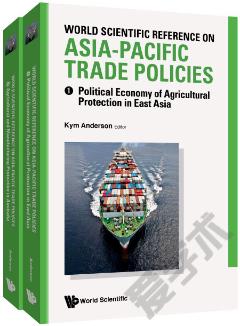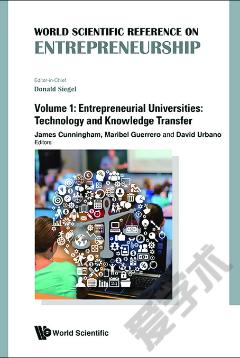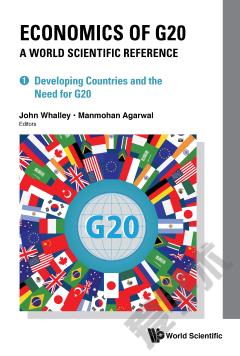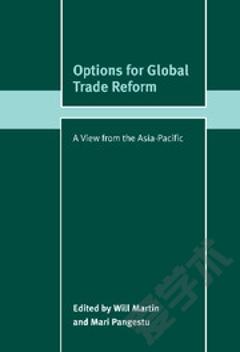World Scientific Reference On Asia-pacific Trade Policies (In 2 Volumes)
Protectionism has been placed under the media spotlight, with news headlines generated by populist anti-globalization movements and Donald Trump's term as US President. Such a policy stance is putting at risk unilateral trade reform efforts in the Asia-Pacific region and elsewhere.This two-volume reference work provides a timely update on how far the region has come in opening markets. It analyzes the motivations or ostensible objectives of policies adopted in the past, the changing extent of the domestic price distortions involved, the economic effects of those policies at home and abroad, the political economy forces at work that brought about those policies and their subsequent reform, their consequences for international trade, economic welfare and poverty alleviation, and prospects for sustainable improvements in current policies. Case studies of major East Asian economies and Australia reveal how government priorities to assist farmers versus manufacturers changed over the past century but especially since the 1980s, and how that has affected trade between natural resource-poor and resource-rich economies.This set is highly recommended for those who are interested in the economics and politics of trade policies, agricultural economics, economic development, and food and nutrition security in the Asia-Pacific region and beyond.
{{comment.content}}








 京公网安备 11010802027623号
京公网安备 11010802027623号